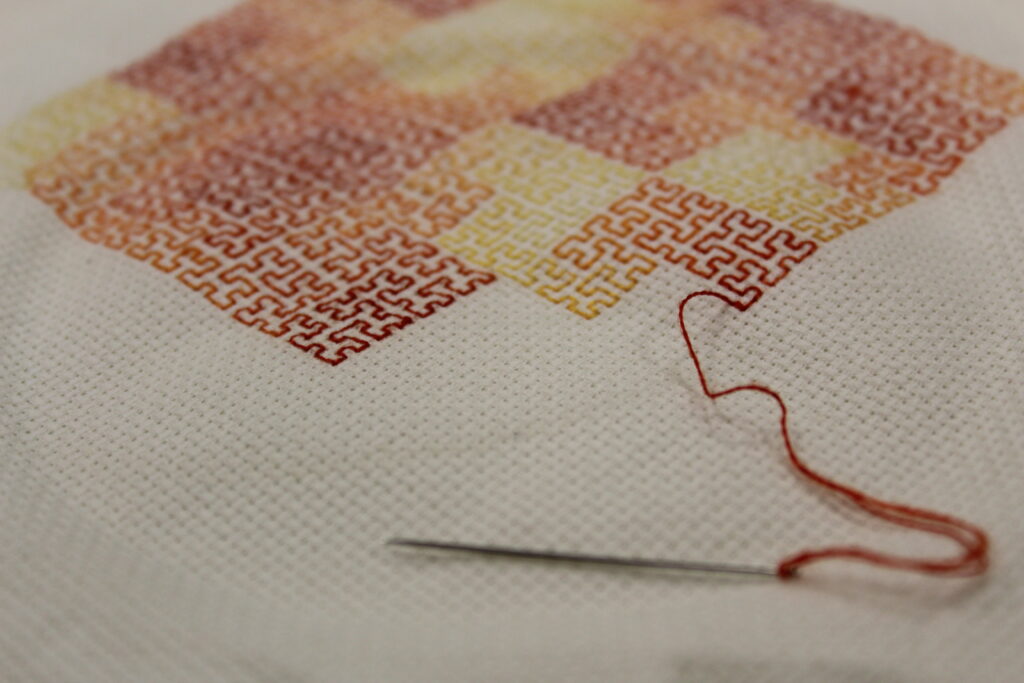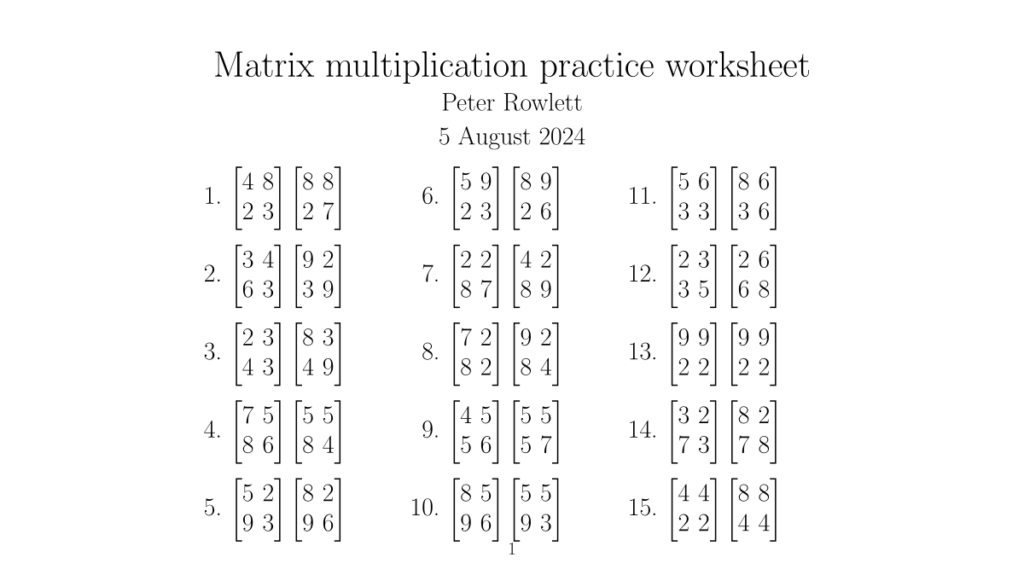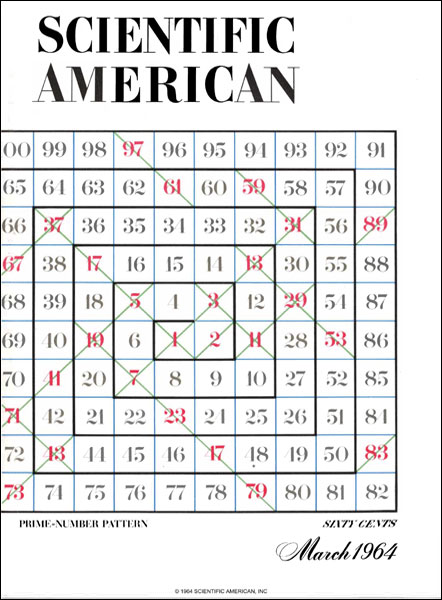
A conversation about mathematics inspired by a very special parallelepiped. Presented by Katie Steckles and Peter Rowlett, with special guest Ayliean.

Podcast: Play in new window | Download
Subscribe: RSS | List of episodes

A conversation about mathematics inspired by a very special parallelepiped. Presented by Katie Steckles and Peter Rowlett, with special guest Ayliean.

Podcast: Play in new window | Download
Subscribe: RSS | List of episodes

A conversation about mathematics inspired by an area the size of Wales. Presented by Katie Steckles and Peter Rowlett.

Podcast: Play in new window | Download
Subscribe: RSS | List of episodes

A conversation about election mathematics inspired by a ballot. Presented by Katie Steckles and Peter Rowlett, with special guest Sam Hansen.
For more from Sam and the Carry the Two podcast check out this episode about Mathematics and Voting.

Podcast: Play in new window | Download
Subscribe: RSS | List of episodes

A conversation about mathematics inspired by a space-filling curve. Presented by Katie Steckles and Peter Rowlett.

Podcast: Play in new window | Download
Subscribe: RSS | List of episodes

A conversation about mathematics inspired by a low bridge sign. Presented by Katie Steckles and Peter Rowlett, with special guest Adam Townsend.
The plot discussed around 11 minutes and various other photos are available on Adam’s Height Hunt website (spoilers for the episode’s twists and turns!).

Podcast: Play in new window | Download
Subscribe: RSS | List of episodes
Earlier this week I posted a matrix multiplication worksheet on Mastodon.

If you do some of these, you might spot what’s funny about them. For example.
\[ \Large \begin{bmatrix}
\color{navy}{4} & \color{navy}{8}\\
\color{navy}{2} & \color{navy}{3}
\end{bmatrix} \begin{bmatrix}
\underline{\color{blue}{8}} & \underline{\color{blue}{8}}\\
\underline{\color{blue}{2}} & \underline{\color{blue}{7}}
\end{bmatrix} = \begin{bmatrix}
\color{navy}{4}\underline{\color{blue}{8}} & \color{navy}{8}\underline{\color{blue}{8}}\\
\color{navy}{2}\underline{\color{blue}{2}} & \color{navy}{3}\underline{\color{blue}{7}}
\end{bmatrix} \]
That is, the answer to each question can be made by treating the element in the first matrix as the first digit and the corresponding element in the second matrix as the second digit in the answer element. This is not how matrix multiplication works, and ought to be funny if I hadn’t totally over-explained the joke!
I saw one of these in a meme that Katie posted in the Finite Group chat and it got me thinking about how these work.
If we set up the matrices like this
\[ \begin{bmatrix}
a & b\\
c & d
\end{bmatrix} \begin{bmatrix}
e & f\\
g & h
\end{bmatrix} = \begin{bmatrix}
10a+e & 10b+f\\
10c+g & 10d+h
\end{bmatrix} \]
Then we establish four equations with eight unknowns.
\[ \begin{align*}
ae + bg &= 10a+e\\
af+bh &= 10b+f\\
ce+dg &= 10c+g\\
cf+dh &= 10d+h
\end{align*}\]
Since there are more unknowns than equations, these don’t have a single solution. What I wanted was to find integer solutions with all values single-digits. I wrote some Python code to find these. I removed some that look overly symmetrical – either the rows of the matrix are identical, or the same matrix is repeated. This left 73 items.
From these 73 items, I wrote a second Python script that picks 20 of them at random and builds these into a LaTeX worksheet. For the Mastodon post I reformatted this into the shape and size that I thought would display better on social media, and added in one of the squared matrices for an extra hint something weird is up, hoping people might notice this isn’t just a boring post about matrix multiplication practice!
You can view these scripts and associated files on GitHub.
I’m slowly working to (sort of) recreate Martin Gardner’s cover images from Scientific American, the so-called Gardner’s Dozen.
This time it’s the turn of the March 1964 issue. In the article ‘The remarkable lore of the prime numbers’, later included as chapter 9 in Martin Gardner’s Sixth Book of Mathematical Games from Scientific American, Gardner describes how Stanislaw Ulam in a boring meeting doodled a grid of numbers, spiralling out, then circled the primes. “To his surprise the primes seemed to have an uncanny tendency to crowd into straight lines.” These Ulam sprials, discovered the year before, contain lines related to prime-generating functions, which I have written about recently.
